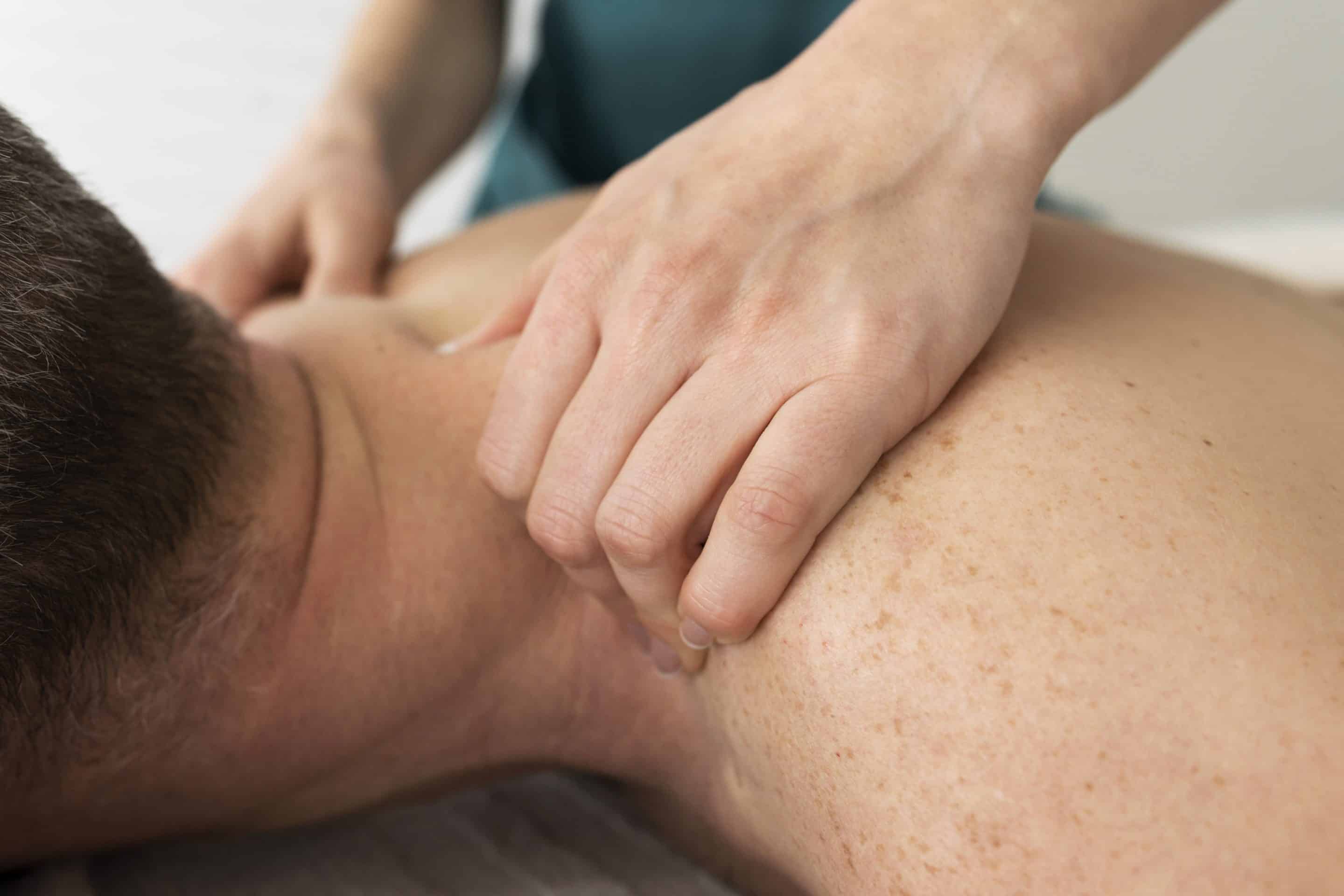Embarking on a deep tissue massage journey can be both exhilarating and daunting. As you delve into the realm of therapeutic touch, understanding the roughness quotient of deep tissue massage becomes paramount. In this comprehensive guide, we unravel the layers of intensity behind this form of massage therapy. From demystifying misconceptions to embracing its profound benefits, let’s navigate the terrain of deep tissue massage together.
Unpacking the Intensity
Exploring the Depths
Deep tissue massage, renowned for its ability to target deep layers of muscles and connective tissues, embodies a therapeutic potency like no other. Unlike its gentler counterparts, such as Swedish massage, deep tissue therapy delves into the core of muscular tension, aiming to alleviate chronic pain and improve mobility.
Penetrating the Layers
Deep tissue massage employs firm pressure and slow strokes to reach underlying muscle fibres. By applying sustained pressure across the grain of muscles, it aids in releasing tension, breaking down scar tissue, and promoting blood flow. Despite its name, the intensity of deep tissue massage varies, tailored to individual preferences and tolerance levels.
How Rough is a Deep Tissue Massage?
The roughness of a deep tissue massage is subjective and depends on various factors, including personal pain threshold, muscle condition, and communication with the therapist. While some individuals may find the pressure invigorating, others might experience discomfort, especially during the initial sessions.
Striking the Balance
Skilled therapists adeptly balance pressure intensity to ensure therapeutic efficacy without overwhelming the recipient. Effective communication between the client and therapist is paramount, allowing adjustments in pressure to align with comfort levels. It’s essential to communicate openly about sensations experienced during the massage to optimise the therapeutic outcome.
Benefits Amidst the Intensity
Relieving Chronic Pain
Deep tissue massage emerges as a beacon of hope for individuals grappling with chronic pain conditions. By targeting deep-seated muscular tension, it offers profound relief from ailments such as back pain, neck stiffness, and fibromyalgia.
Enhancing Athletic Performance
Athletes and fitness enthusiasts alike embrace deep tissue massage as a cornerstone of their wellness regimen. Beyond relaxation, it aids in muscle recovery, reduces inflammation, and enhances flexibility, fostering peak performance on and off the field.
Addressing Common Concerns
Managing Discomfort
While deep tissue massage may induce temporary discomfort, it’s vital to distinguish between discomfort and pain. Communicating with your therapist ensures adjustments in pressure to maintain a therapeutic yet tolerable experience.
Post-Massage Sensations
Following a deep tissue massage, it’s normal to experience temporary soreness or stiffness, akin to the aftermath of an intense workout. Hydration, gentle stretches, and rest facilitate the body’s recovery process, amplifying the benefits of the massage.
FAQs (Frequently Asked Questions)
Is deep tissue massage painful?
Deep tissue massage can induce discomfort, especially if targeting areas of chronic tension. However, the intensity can be adjusted based on individual preferences and pain tolerance.
How long do the effects of a deep tissue massage last?
The effects of a deep tissue massage can vary depending on individual factors and the specific condition being addressed. Generally, the benefits may last for several days to a week, with regular sessions contributing to cumulative improvements in muscular health.
Can deep tissue massage help with stress relief?
Yes, deep tissue massage is renowned for its stress-relieving benefits. By alleviating muscular tension and promoting relaxation, it serves as a potent antidote to stress and anxiety.
Are there any contraindications for deep tissue massage?
While deep tissue massage offers numerous benefits, individuals with certain medical conditions, such as blood clotting disorders or recent surgeries, should consult with a healthcare professional before undergoing this therapy.
How often should I schedule deep tissue massage sessions?
The frequency of deep tissue massage sessions depends on individual needs, goals, and responses to treatment. While some may benefit from weekly sessions, others may opt for bi-weekly or monthly appointments to maintain optimal muscular health.
Is it normal to feel soreness after a deep tissue massage? Yes, experiencing mild soreness or stiffness post-massage is common, especially if the therapist targeted areas of muscular tension. Adequate hydration, gentle movement, and rest can alleviate post-massage soreness.







